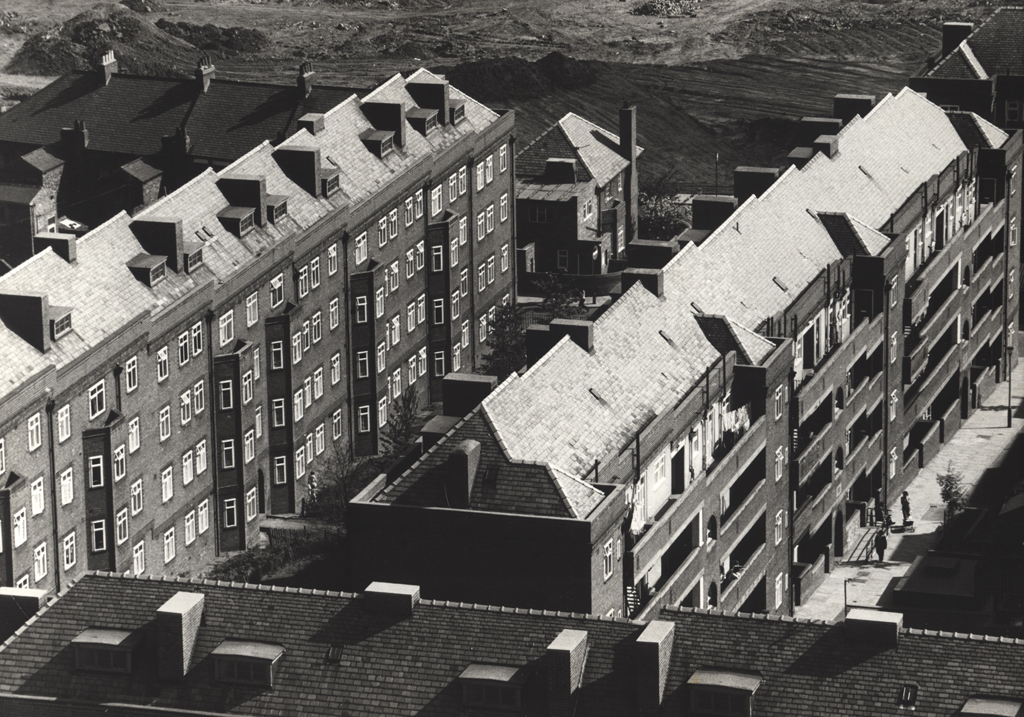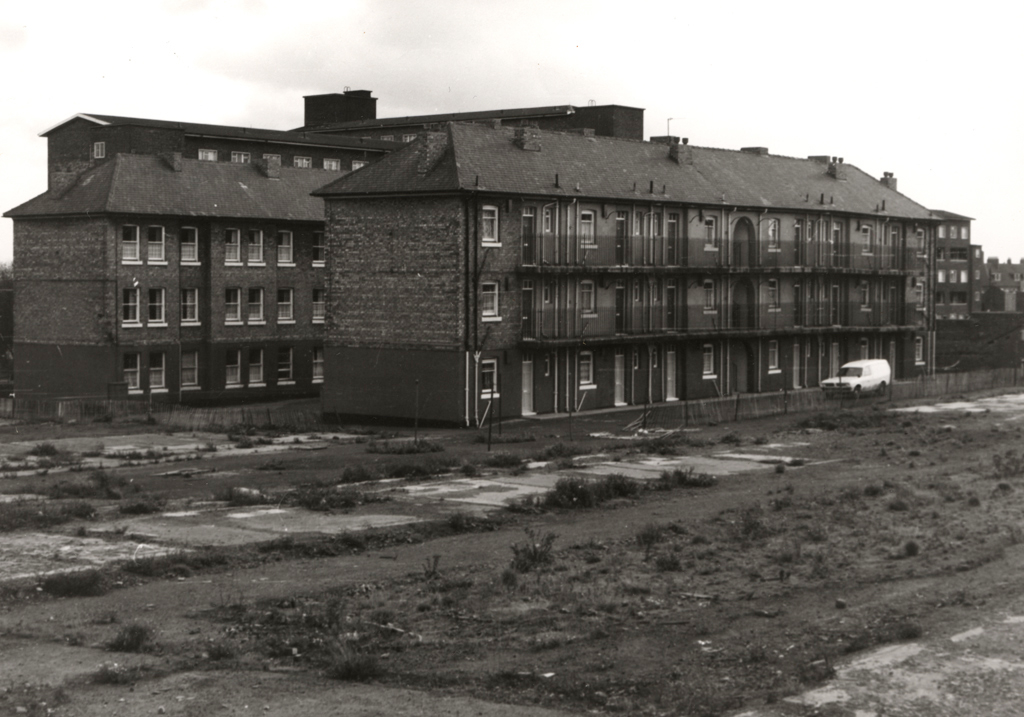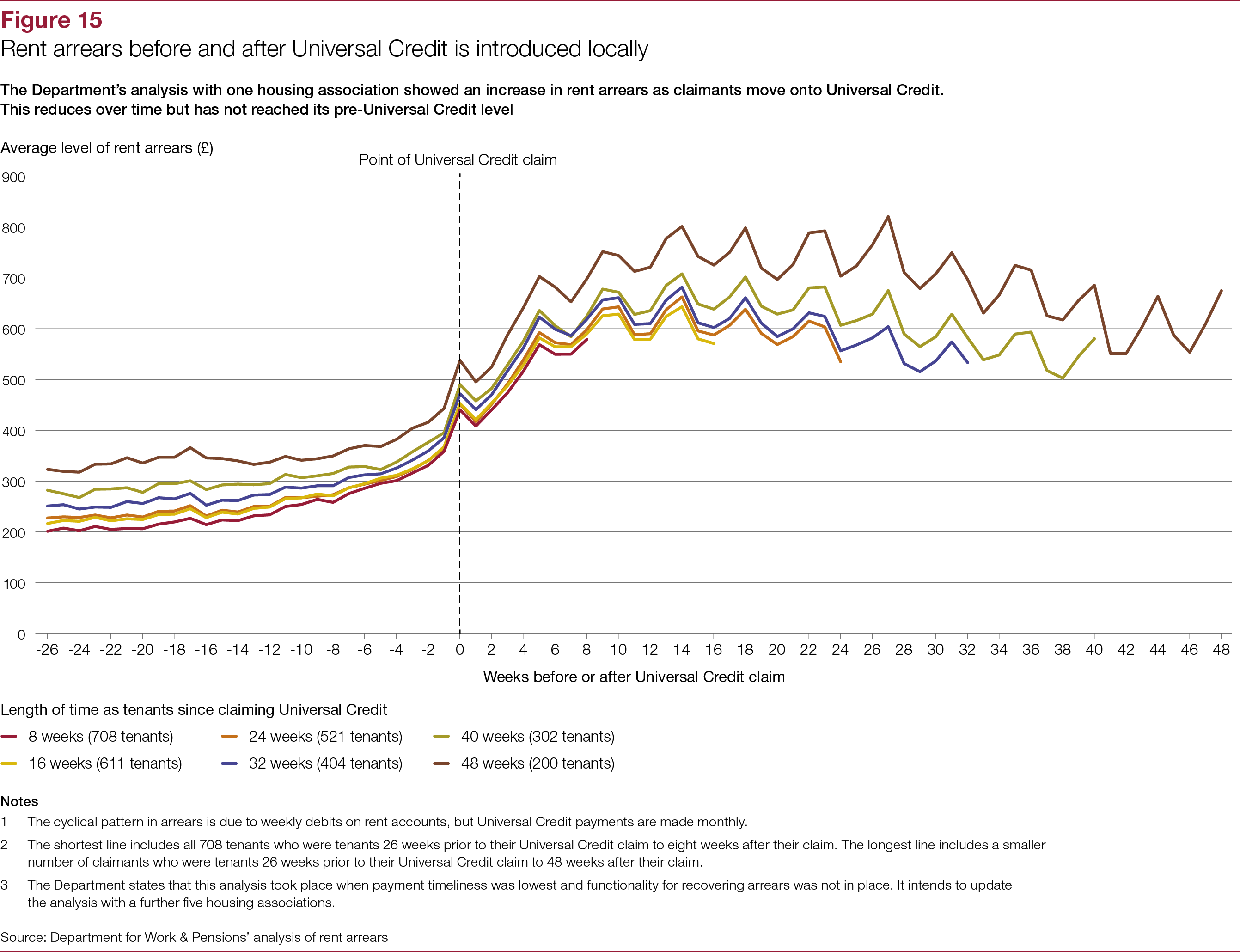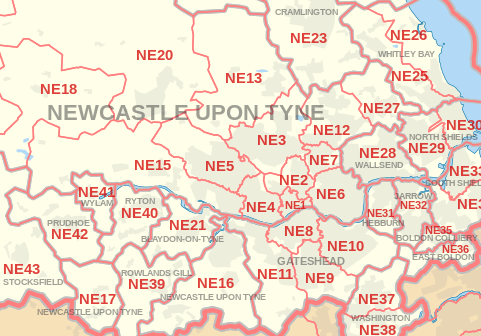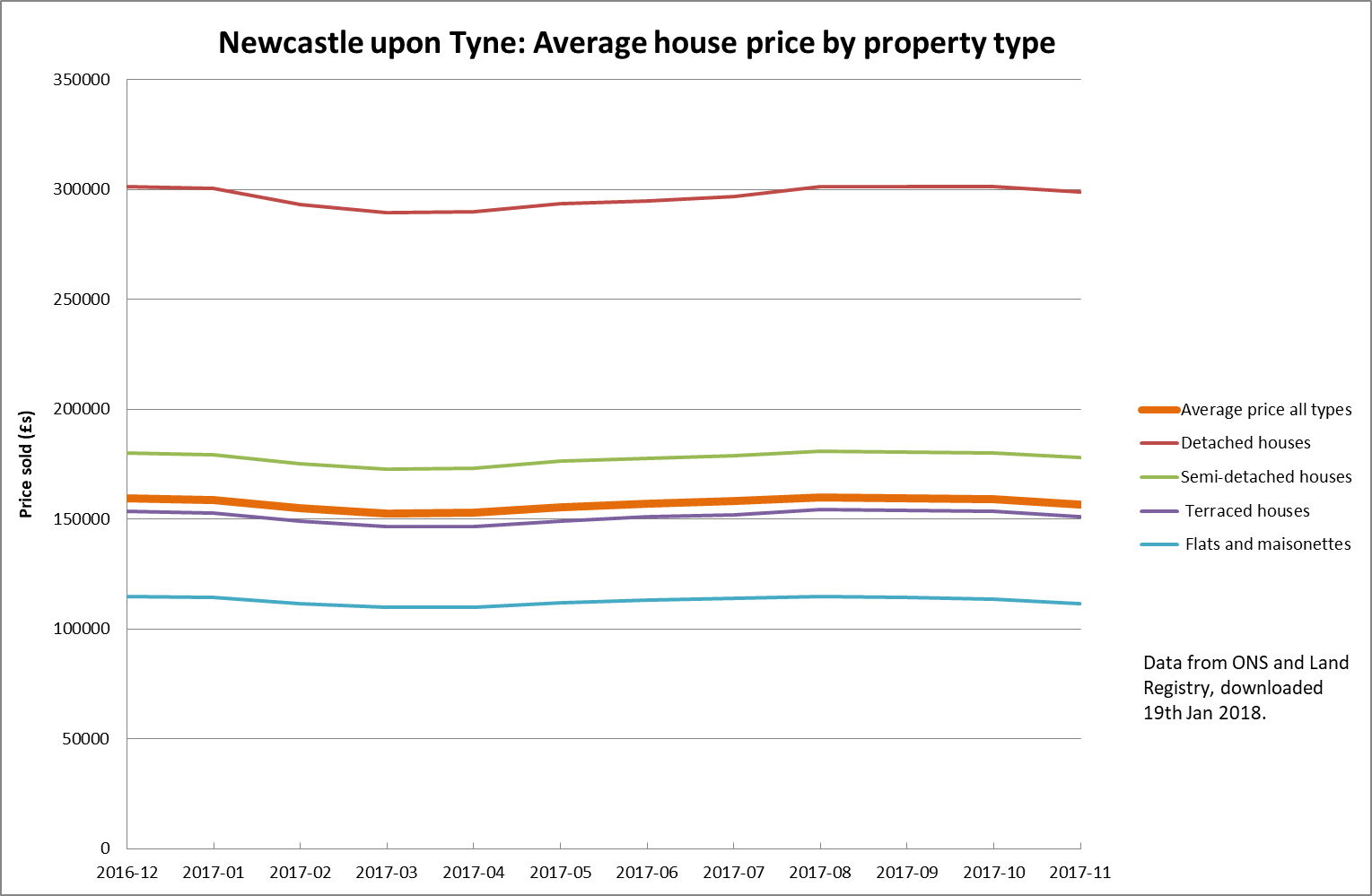Image: Urban homelessness Newcastle City by Sam Leighton (CC BY-NC 2.0) https://flic.kr/p/qVVCp2
Street Zero is a Newcastle partnership involving charities, businesses, the city council and Northumbria Police. Street Zero’s vision is to end rough sleeping by 2022 in Newcastle. The aim is treat all people with dignity and make sure everyone can be provided with a long-term safe place to live.
“Once on the streets, the impact on your health and wellbeing can be devastating, you feel vulnerable and alone and too often this can result in deteriorating physical and mental health. The average life expectancy is only 47 years of age for someone sleeping on the streets.” Street Zero
Street Zero estimate there are up to 20 rough sleepers in Newcastle on any given one night. The figures are low compared with many cities and the official statistics are not thought to be particularly robust. The January 2019 data release suggest the number of rough sleepers in Newcastle double between 2016 and 2017 and doubled again between 2017 and 2018. However the statistics are 2016 – 5, 2017 – 10 and 2018 – 15. These are all within Street Zero’s estimate of variability and it would be misleading to talk of any doubling between years.
When the charity Shelter was founded in 1966 it hoped to eradicate homelessness within a few years. Since then Shelter has helped millions of people with advice, support and legal services. But they are still having to campaign.
Historian Prof Nicholas Crowson of the University of Birmingham researches histories of homelessness. Writing in BBC History Magazine in September 2018 he points out that any reactive response to a current crisis isn’t actually tackling underlying issues with welfare provision and access to social housing. A new historical exhibition Missing Pieces aims to show us the lives and experiences of those who lived on the streets in Newcastle and mend the gap between past and present by adding homelessness stories. But need homeless people continue to be part of our social history?
What to do if you see someone sleeping rough in Newcastle: https://www.newcastle.gov.uk/housing/housing-advice-and-homelessness/what-to-do-if-you-see-a-rough-sleeper
- Rough sleeping and overcrowding figures The Guardian 31st Jan 2019
- Rough sleeping in England: autumn 2018 official figures https://www.gov.uk/government/statistics/rough-sleeping-in-england-autumn-2018
- How Greater Manchester is taking on rough sleeping (pilot scheme) The Guardian 31st Jan 2019 – Manchester pilot
- Street Zero launched Dec 2018 https://www.newcastle.gov.uk/news/street-zero-launches-newcastle
- How new initiative aims to end the problem of rough sleeping on our streets Chronicle news story 2nd Feb 2019
- Desperate measures in Newcastle Chronicle news story 7th Feb 2019
- Crisis on what homelessness is https://ww w.crisis.org.uk/ending-homelessness/about-homelessness/
- Shelter – history of the charity https://england.shelter.org.uk/what_we_do/history
- Government rough sleepers strategy – England (Aug 2018) https://www.bbc.co.uk/news/uk-45162892
“The Missing Pieces exhibition is a culmination of a year of research conducted by the Homeless History of Newcastle project team, thanks to funding by the Heritage Lottery Fund. By researching the history of homelessness in Newcastle, Missing Pieces explores the issues around, attitudes to and experiences of homelessness in our city today. Taking place at Newcastle City Library, Discovery Museum, Laing Art Gallery, Bessie Surtees House and St Nicholas Cathedral.” https://discoverymuseum.org.uk/whats-on/missing-pieces
Follow @HomelessHistNCL on twitter for details and latest events.
